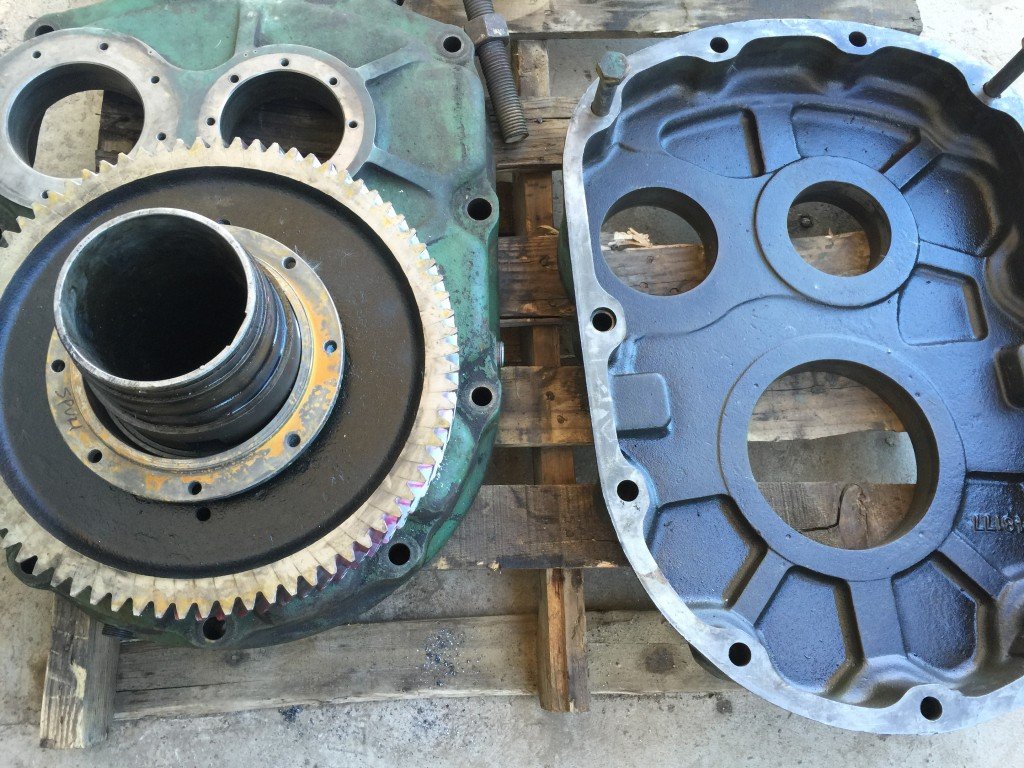Mobile:+86-311-808-126-83
Email:info@ydcastings.com
sand casting supplies
Sand Casting Supplies Essential Components for the Perfect Pour
Sand casting is one of the oldest and most widely used metal casting processes in the manufacturing industry. It involves creating a mold from sand and then pouring molten metal into that mold to create parts that can be used in various applications. The success of the sand casting process heavily relies on the quality of the supplies used. This article will delve into the essential components of sand casting supplies, providing insights into how each plays a vital role in the overall casting process.
1. Sand
The most critical component of sand casting is, without a doubt, the sand itself. Sand used in casting typically comprises silica grains, which are mixed with a binding agent such as clay to improve cohesiveness. The quality of the sand dramatically influences the final product. For instance, fine sand provides a smoother finish but is less strong, while coarser sand is sturdier but can produce a rougher surface finish. Additionally, the moisture content of the sand has to be carefully controlled; too much moisture can lead to defects in the cast, while too little can result in a weak mold.
There are several types of sand used in casting, including green sand, dry sand, and shell sand. Green sand is the most commonly used type, as it is inexpensive and has good mold-making characteristics. Dry sand, on the other hand, is often used for more intricate designs that require superior surface finish and detail.
2. Binders
Binders play a crucial role in sand casting supplies as they help hold the sand grains together
. The most commonly used binders are clay and chemical binders, with clay being a traditional choice in green sand molds. Chemical binders are increasingly being used for modern applications, providing advantages such as faster drying times and improved mold strength. The right binder can drastically improve the durability of the mold and the quality of the final casting, so it is essential to choose one that matches the specific needs of the casting process.3. Coating Agents
sand casting supplies

Coating agents are applied to the inner surfaces of the sand molds to prevent the molten metal from sticking. These coatings can also help in reducing the likelihood of defects such as burns and scabs on the final casting. Common coating materials include graphite, which offers excellent thermal conductivity, and various ceramic coatings that provide a smooth surface finish. Choosing the appropriate coating agent is critical, as it not only affects the ease of mold release but also impacts the quality of the final product.
4. Cores
Cores are used in sand casting when creating hollow sections in casted parts. They are typically made of a mixture of sand and binders, similar to the mold itself. The core is placed inside the mold before the molten metal is poured, creating internal cavities within the final piece. Different core materials and methods can be employed depending on the complexity and requirements of the part being cast. Proper core design and placement are vital to ensuring that the final product achieves the desired structural integrity and functionality.
5. Melting Furnace and Pouring Equipment
The equipment used to melt metal and pour it into the sand molds is also a crucial aspect of sand casting supplies. A melting furnace must be appropriately sized and capable of reaching the necessary temperatures for the specific metal being cast. Pouring equipment, such as ladles and pouring cups, must also be designed to handle the molten metal safely and effectively. Proper equipment contributes significantly to the quality of the casting and the efficiency of the production process.
Conclusion
In summary, the quality of sand casting supplies plays a pivotal role in the efficiency and success of the sand casting process. From selecting the right type of sand and binder to employing adequate coating agents and cores, each component is essential in crafting high-quality castings. By investing in superior supplies and understanding their functions, manufacturers can enhance productivity, improve casting outcomes, and deliver superior products to their customers. The sand casting process may be traditional, but with the right supplies, it remains a powerful tool in modern manufacturing.
-
Why Should You Invest in Superior Pump Castings for Your Equipment?NewsJun.09,2025
-
Unlock Performance Potential with Stainless Impellers and Aluminum End CapsNewsJun.09,2025
-
Revolutionize Your Machinery with Superior Cast Iron and Aluminum ComponentsNewsJun.09,2025
-
Revolutionize Fluid Dynamics with Premium Pump ComponentsNewsJun.09,2025
-
Optimizing Industrial Systems with Essential Valve ComponentsNewsJun.09,2025
-
Elevate Grid Efficiency with High-Precision Power CastingsNewsJun.09,2025











